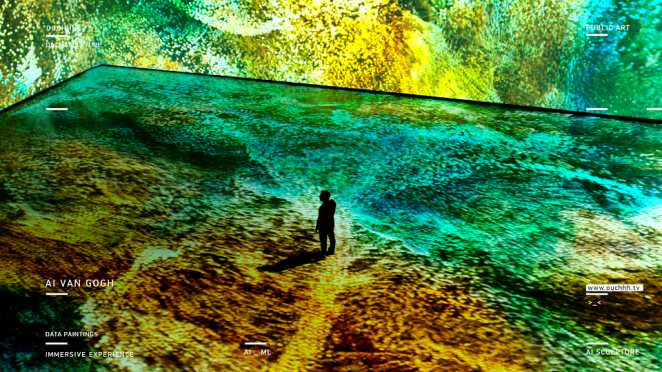The journey of advertising from print to digital media is a fascinating tale of innovation and adaptation. It reflects broader technological advancements and shifting consumer behaviours. This evolution has transformed how businesses reach their audiences, moving from the broad strokes of traditional media to the precision targeting of digital platforms.
The Early Days: Print Advertising

Lyndsey Arnold
The origins of advertising lie in print media, which began to flourish with the advent of the printing press in the 15th century. Newspapers and magazines became the primary vehicles for ads, allowing businesses to reach large audiences with text-based messages and simple imagery. Early print ads were straightforward and focused on delivering direct messages to promote products and services. This era saw the rise of iconic characters and slogans that helped cement brand identities in the minds of consumers.
The Golden Age: Radio and Television
The mid-20th century, often termed the "Golden Age of Advertising," saw a shift towards more creative and narrative-driven ads, particularly with the advent of radio and television. Radio ads, which began in the 1920s, offered businesses a cost-effective way to reach wide audiences through popular programs. Television, which became a dominant medium in the 1950s, added a visual dimension to advertising, enabling more emotional and storytelling-driven content. Memorable campaigns, such as the Marlboro Man and Tony the Tiger, became cultural touchstones during this period.
The Digital Revolution

Jidnyasa Bhelke
The introduction of the internet in the 1990s marked a seismic shift in advertising. Digital platforms offered unprecedented opportunities for targeting and personalization. Early forms of digital advertising included banner ads and pop-ups, which, despite being intrusive, paved the way for more sophisticated methods. The emergence of search engine marketing (SEM) allowed businesses to bid on keywords, ensuring their ads appeared to users actively searching for related products and services.
The Rise of Social Media and Mobile Advertising
The mid-2000s saw the rise of social media platforms like Facebook, Twitter, and Instagram, which revolutionized how businesses engage with their audiences. Social media advertising enabled highly targeted campaigns based on user demographics, interests, and behaviours. This era also witnessed the growth of mobile advertising, propelled by the proliferation of smartphones. Mobile ads became more personalized and location-based, offering businesses the ability to reach consumers on the go.
Interactive and Immersive Experiences

Eylul Duranagac Alıcı
In recent years, advertising has evolved to include interactive and immersive experiences, leveraging technologies such as augmented reality (AR) and virtual reality (VR). These innovations have created new ways for brands to engage with their audiences, transforming ads into interactive journeys rather than static messages. Campaigns like Coca-Cola's "Share a Coke" and Nike's "Just Do It" have demonstrated the power of personalized and emotionally resonant advertising.
The Future of Advertising
Looking ahead, the future of advertising lies in further personalization and the integration of advanced technologies. Artificial intelligence (AI) and machine learning (ML) are set to play significant roles in creating dynamic and highly targeted ad experiences. As voice search and smart home devices become more prevalent, businesses will need to adapt their strategies to these new platforms. The challenge will be to balance technological advancements with authentic, relatable content that resonates with consumers.
The transformation from print to digital advertising reflects the broader narrative of technological progress and changing consumer expectations. As the landscape continues to evolve, businesses must stay agile, leveraging both new and traditional formats to create meaningful connections with their audiences.





